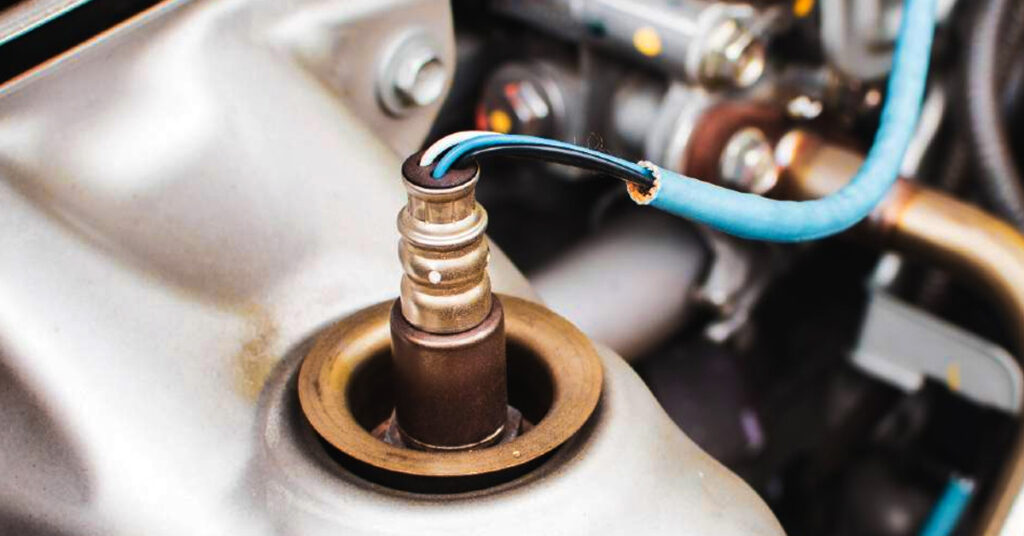
Car engines run on a mixture of air and fuel. The ratio of this mix is determined by the oxygen sensors in the exhaust manifold based on the measurements of unburned oxygen in the exhaust. So if the oxygen sensors start to fail — as any part will do eventually — that can lead to issues with air-fuel mix and the engine as a whole. So how do you know if you need an oxygen sensor? Pearson Auto has a few signs to look out for.
Signs of a Failing Oxygen Sensor
Unfortunately, there is not a dedicated dashboard light for the oxygen sensors, though the check engine light will come on when the sensors are failing. Because the check engine light is nonspecific, here are a few other signs and symptoms you may notice:
Strange Engine Sounds
If you hear knocking or pinging sounds from your engine, there may be uncontrolled combustion or premature ignition, which can lead to damage to the engine. These can be caused by an incorrect ratio of air to fuel.
Bad Smell
If your car or exhaust start giving off the smell of rotten eggs — more specifically of sulphur — it is time to replace your oxygen sensor.
Poor Fuel Efficiency
Low gas mileage can be caused by a failing car oxygen sensor. If the sensor cannot get accurate readings, then the car’s internal computers will not be able to calculate accurate air-fuel ratios. Often, this leads to the vehicle running “rich,” using more fuel than it needs.
Increased Emissions
With the car running on incorrect amounts of fuel, the ratios and amounts of emissions will also change. If the vehicle is running rich, then more pollutants like carbon dioxide will be released. If the car is running on too little fuel — the ratio flipped the other way — more nitrogen oxide will be released in the exhaust.
Rough Idling and Struggling Performance
With an engine working on a poor mix of fuel and air, your car is likely to sruggle over all. A malfunctioning or failing oxygen sensor will lead to stalling, lethargic acceleration, misfires, and vibration and noise while idling.
Oxygen Sensor Replacement at Pearson Auto
Oxygen sensors live long lives — approximately 60,000-90,000 miles — but no car part lasts forever. Contaminants like oil, carbon, and coolant can build up on the sensors, leading to a malfunction or failure. Extreme weather conditions, like our cold, Alaskan winters, can shorten an oxygen sensor’s life. But Pearson Auto can handle the replacement when you need it, and maintain it until you do.
